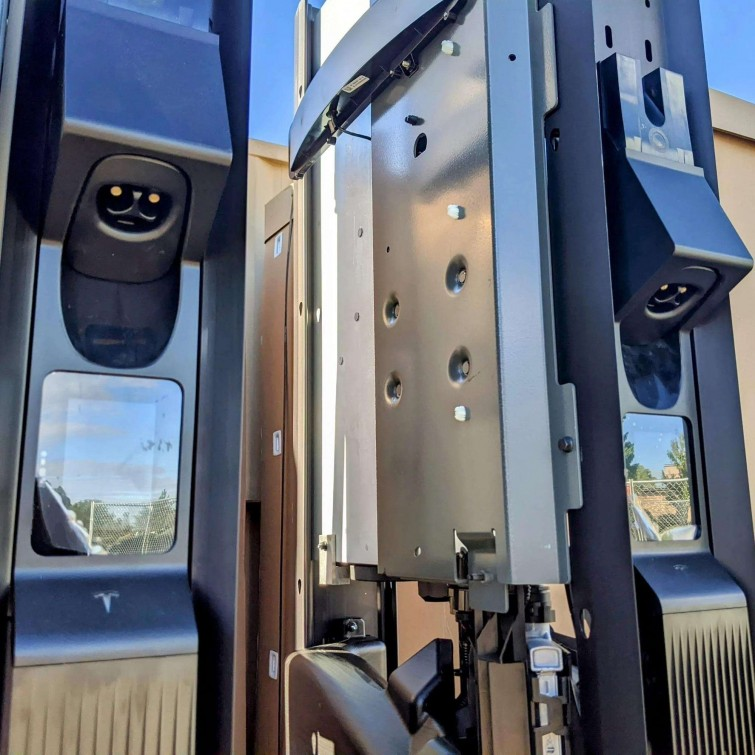In 2023, the electric vehicle (EV) landscape is undergoing a significant transformation, driven by the rapid deployment of ultra-fast chargers. Did you know that, according to Bloomberg Green, the number of ultra-fast charging stations worldwide has doubled since 2021? This development is not merely a technical upgrade; it’s a game-changer that is redefining what’s possible for EV road trips. In this article, we’ll delve into how ultra-fast chargers are revolutionizing the EV travel experience and what this means for the future of sustainable mobility. You’ll learn about the latest advancements in ultra-fast charging technology, discover practical tips for planning your next EV road trip, and explore how these innovations are paving the way for a greener future.
The Rise of Ultra-Fast Charging: A New Era for EVs
Understanding Ultra-Fast Charging Technology
Ultra-fast chargers, often defined as those delivering over 150 kW of power, are at the forefront of EV technology in 2023. These chargers can replenish a vehicle’s battery to 80% capacity in just 15 to 30 minutes. For instance, Tesla’s V3 Superchargers now reach up to 250 kW, while Rivian’s Adventure Network promises charging speeds of up to 300 kW. According to InsideEVs, these advancements reduce charging time significantly, making long-distance EV travel more practical than ever before.
Infrastructure Expansion and Accessibility
The expansion of ultra-fast charging infrastructure has been impressive. In the United States alone, Reuters Mobility reports that the number of ultra-fast charging stations has reached over 20,000, a significant increase from previous years. Europe and China are also seeing exponential growth, with major networks like Ionity and BYD leading the charge. This widespread availability is crucial for reducing range anxiety, a common concern among potential EV buyers.
Key Players in the Charging Revolution
Several brands are at the helm of this charging revolution. Tesla, known for its extensive Supercharger network, continues to innovate with its proprietary technology. Meanwhile, Volkswagen and Ford are investing heavily in creating a robust charging infrastructure across North America and Europe. Companies like ChargePoint and Electrify America are also playing crucial roles, providing accessible charging solutions for all EV models.
Planning Your EV Road Trip: Tips and Recommendations
How to Charge: Maximizing Efficiency
Charging your EV efficiently is key to a successful road trip. Here are some tips:
- Plan Your Route: Use apps like PlugShare or A Better Routeplanner to locate ultra-fast charging stations along your route.
- Know Your Vehicle’s Charging Capacity: Different EVs have varying maximum charging rates. For instance, the Hyundai Ioniq 5 can handle up to 350 kW, while the Nissan Leaf maxes out at 100 kW.
- Monitor Battery Health: Frequent use of ultra-fast charging can impact battery longevity. Aim to keep the battery between 20% and 80% during long trips.
Where to Charge: Strategic Locations
Ultra-fast chargers are strategically placed along major highways and popular travel routes:
- Highway Corridors: Stations are often located at highway rest stops, making it convenient for long-distance travelers.
- Urban Centers: Many cities now offer ultra-fast chargers in central locations, ideal for quick top-ups during urban excursions.
- Tourist Destinations: Popular tourist areas are increasingly equipped with ultra-fast chargers, ensuring that your EV is always ready for the next adventure.
Ultra-Fast Chargers vs. Traditional Chargers: A Comparison
Time and Efficiency
- Ultra-Fast Chargers: 15-30 minutes to 80% charge, perfect for quick stops
- Traditional Fast Chargers: 1-2 hours for a similar charge, suitable for longer breaks
Cost Considerations
While ultra-fast charging can be more expensive per kWh compared to slower options, the time savings and convenience often justify the cost, especially on road trips. Many networks offer membership plans that reduce costs, providing value for frequent travelers.
Environmental Impact
Ultra-fast charging stations are increasingly powered by renewable energy sources, such as solar and wind, minimizing their carbon footprint and enhancing the overall sustainability of EV travel.
The Future of EV Road Trips: What’s Next?
The trajectory of ultra-fast charging technology suggests an exciting future for EV road trips. As infrastructure continues to expand and technology advances, we can expect:
- Even Faster Charging Speeds: Research from MIT Technology Review indicates the potential for charging speeds to reach 500 kW, further reducing charge times.
- Increased Range for EVs: Battery University highlights ongoing advancements in battery technology that promise extended range capabilities.
- Integration with Smart Grids: TechCrunch reports on the development of smart grid technologies that will optimize energy distribution, making ultra-fast charging more efficient and sustainable.
Conclusion
Ultra-fast chargers are undeniably revolutionizing EV road trips in 2023, offering unprecedented convenience, efficiency, and accessibility. As we look to the future, the continued expansion of this technology promises to make sustainable travel more attainable than ever before. If you haven’t yet experienced the ease of an EV road trip with ultra-fast charging, now is the perfect time to explore this green, innovative way of traveling. Are you ready to hit the road in an ultra-fast-charged EV? Let us know your thoughts and plans in the comments below. As we embrace these advancements, the journey towards a sustainable future becomes not only possible but exhilarating.

